Business
An era of Indigenous economic leadership in Canada has begun
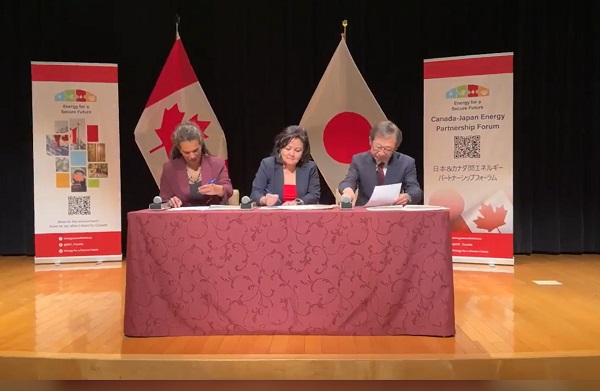
Energy for a Secure Future (ESF), the Institute of Energy Economics, Japan (IEEJ), and the First Nations LNG Alliance have signed a Memorandum of Understanding (MOU) to increase energy trade between Canada and Japan. The MOU was signed at the Canadian Embassy in Tokyo and recognizes the growing importance of Indigenous-led LNG projects in Canada’s energy security, reducing global emissions, and driving economic growth for First Nations and the country as a whole.
With Canada’s trade relationship with the U.S. uncertain—especially with U.S. President Donald Trump threatening a 25 per cent tariff on Canadian exports, including 10 per cent on energy—the need to diversify markets has never been more pressing. Canada ships 97 per cent of its oil and gas to the U.S., leaving the country exposed to the political whims of Washington. Expanding trade partnerships with key allies like Japan provides an opportunity to mitigate these risks and build a more resilient economy.
At the heart of Canada’s modern energy industry are First Nations-led LNG projects, which are proving to be a model for economic reconciliation and environmental responsibility. The Haisla Nation’s Cedar LNG, the Squamish Nation’s involvement with Woodfibre LNG, and the Nisga’a Nation’s Ksi Lisims LNG project exemplify Indigenous leadership in Canada’s energy future. These projects bring economic prosperity to Indigenous communities and position Canada as a key player in low-emission energy for the world.
Few people embody this leadership more than Chief Crystal Smith of the Haisla Nation, who received the 2025 Testimonial Dinner Award on February 7. Her vision and determination have brought Cedar LNG—the world’s first Indigenous-majority-owned LNG facility—to life. Under her leadership, this $4-billion project will start up in 2028 and will be one of the most sustainable LNG facilities in the world, powered entirely by BC Hydro’s renewable electricity. Her work is not just about resource development—it represents a country-changing shift in Indigenous economic leadership. By owning the majority of the Cedar LNG project, the Haisla Nation has set a precedent for economic self-determination, long-term job creation, revenue generation, and skills training for Indigenous youth.
She is echoed by Karen Ogen, CEO of the First Nations LNG Alliance, who has been a long-time advocate for Indigenous participation in LNG. As she says, “Our involvement in LNG not only represents an opportunity for economic growth for our communities and for Canada but will help the world with energy security and emissions reduction.”
The MOU signed in Tokyo signals Japan’s growing interest in Canadian LNG as part of its energy security strategy. Japan is phasing out coal and needs reliable, low-emission energy sources—Canadian LNG is the answer. Shannon Joseph, Chair of Energy for a Secure Future, said, “Japan wants diverse energy partners, and on this mission, we’ve heard clearly that they want Canada to be one of those partners.”
This partnership also highlights Canada’s missed opportunities over the last decade. As industry leaders like Eric Nuttall of Ninepoint Partners have pointed out, Canada could have avoided its current dependence on U.S. markets had it built more pipelines to the east and west coasts. The cancellation of the Northern Gateway and Energy East pipelines left Canada without the infrastructure to reach Asian and European markets.
Now, with the expansion of Trans Mountain (TMX) and the rise of Indigenous-led LNG projects, Canada has a second chance to shape its energy future.
As B.C. Minister of Economic Development Diana Gibson has said, expanding trade relationships beyond the U.S. is key to Canada’s future.
The First Nations-led LNG sector is demonstrating that Indigenous leadership is driving economic reconciliation and strengthening Canada’s geopolitical influence in global energy markets. For too long, Indigenous communities were merely stakeholders in resource projects—now they are owners and partners. First Nations are proving that responsible development and environmental stewardship can coexist.
With the MOU between Canada and Japan, the growth of LNG projects, and the recognition of Chief Crystal Smith, a new era of Indigenous economic power is emerging. These developments make one thing clear: First Nations are not just leading their communities—they are leading Canada.
In times of trade uncertainty, their vision, resilience, and business acumen are building the foundation for Canada’s energy future, ensuring prosperity is shared between Indigenous peoples and all Canadians.
Business
Carney government risks fiscal crisis of its own making
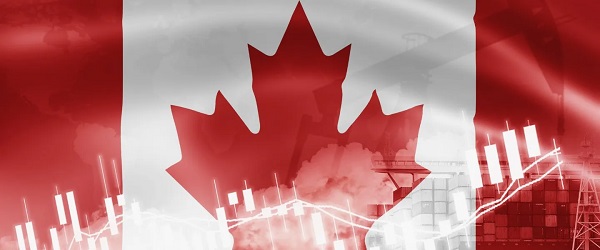
From the Fraser Institute
By Jake Fuss and Grady Munro
In his recent pre-budget speech in Ottawa, Prime Minister Mark Carney repeated his pledge to make “generational investments” in his government’s first budget on Nov. 4. Of course, “investments” means spending, and the government is poised to run a large deficit and add to the mountain of federal debt. Also in his speech, the prime minister said he “will always be straight about the challenges we have to face and the choices that we must make.” Yet he makes no mention of the risks associated with continued deficit-spending and a ballooning federal debt.
Meanwhile, according to a recent article co-authored by Kevin Page, former Parliamentary Budget Officer (PBO), the Carney government should continue to run budget deficits to benefit “current and future generations” of Canadians. And Page (and co-authors) push back against warnings from the current PBO that the government’s finances are unsustainable—noting that “there is no fiscal crisis.”
And he’s right. Canada does not currently face a fiscal crisis. But the Carney government seems determined to create one.
First, some quick fiscal history. The federal government has run a deficit (i.e. spent more money than it collects in revenue) every year since 2007/08, spanning both Conservative and Liberal governments, meaning it’s been nearly two decades since the government balanced its budget. And over the last 10 years (i.e. the Trudeau era) there’s been no meaningful effort to work towards budget balance.
Of course, deficits produce debt. From 2014/15 to 2024/25, total federal debt has doubled from $1.1 trillion to a projected $2.2 trillion, and as a share of the economy, increased from 53.0 per cent to a projected 70.0 per cent.
Simply put, when government debt grows faster than the economy, government finances are on an unsustainable path that may lead to a fiscal crisis. The last time Canada faced a fiscal crisis was the early 1990s when total federal debt represented more than 80 per cent of the economy and the federal government spent roughly one in every three dollars of revenue collected each year on debt interest. In response to Ottawa’s inability to control its finances, lenders increased interest rates because lending money to Ottawa became a riskier proposition. Things became so dire that the Wall Street Journal penned an editorial arguing Canada had become “an honorary member of the Third World in the unmanageability of its debt problem.”
While Ottawa’s finances today aren’t as precarious as they were back then, a decade of record-breaking spending and debt accumulation has brought us closer to a fiscal crisis.
The Carney government faces significant challenges including the spectre of more U.S. tariffs, a stagnant economy and the need to significantly ramp up Canada’s military spending. Again, despite promising a “very different approach” to fiscal policy than the previous government, the prime minister’s recent speech reinforced expectations that the government will significantly increase spending and borrowing this year and in years to come. Indeed, the PBO recently projected that total government debt will rise to 79.2 per cent of the economy by 2028/29.
When defending this status quo approach, the government and its defenders essentially argue that we can keep running larger deficits because Ottawa’s finances are not in bad shape compared to the past or compared to other developed countries (which is actually not true), and that Canada enjoys a strong credit rating that helps keep borrowing costs down.
But in reality, they also effectively argue that we should continue down a path to a fiscal crisis simply because we haven’t reached the end yet. This is reckless, to say the least. The closer we get to a fiscal crisis the harder (and costlier to Canadians) it will be to avoid it.
To get Ottawa’s finances back in order before it’s too late, the government should reduce spending, shrink the deficit and slow the amount of debt accumulation. Unfortunately, the Carney government appears to be running in the opposite direction.
Business
Trump Admin Establishing Council To Make Buildings Beautiful Again


From the Daily Caller News Foundation
The Trump administration is creating a first-of-its-kind task force aimed at ushering in a new “Golden Age” of beautiful infrastructure across the U.S.
The Department of Transportation (DOT) will announce the establishment of the Beautifying Transportation Infrastructure Council (BTIC) on Thursday, the Daily Caller News Foundation exclusively learned. The BTIC seeks to advise Transportation Secretary Sean Duffy on design and policy ideas for key infrastructure projects, including highways, bridges and transit hubs.
“What happened to our country’s proud tradition of building great, big, beautiful things?” Duffy said in a statement shared with the DCNF. “It’s time the design for America’s latest infrastructure projects reflects our nation’s strength, pride, and promise.”
“We’re engaging the best and brightest minds in architectural design and engineering to make beautiful structures that move you and bring about a new Golden Age of Transportation,” Duffy continued.
Mini scoop – here is the DOT’s rollout of its Beautifying Transportation Infrastructure Council, which will be tasked with making our buildings beautiful again. pic.twitter.com/9iV2xSxdJM
— Jason Hopkins (@jasonhopkinsdc) October 23, 2025
The DOT is encouraging nominations of the country’s best architects, urban planners, artists and others to serve on the council, according to the department. While ensuring that efficiency and safety remain a top priority, the BTIC will provide guidance on projects that “enhance” public areas and develop aesthetic performance metrics.
The new council aligns with an executive order signed by President Donald Trump in August 2025 regarding infrastructure. The “Making Federal Architecture Beautiful Again” order calls for federal public buildings in the country to “respect regional architectural heritage” and aims to prevent federal construction projects from using modernist and brutalist architecture styles, instead returning to a classical style.
“The Founders, in line with great societies before them, attached great importance to Federal civic architecture,” Trump’s order stated. “They wanted America’s public buildings to inspire the American people and encourage civic virtue.”
“President George Washington and Secretary of State Thomas Jefferson consciously modeled the most important buildings in Washington, D.C., on the classical architecture of ancient Athens and Rome,” the order continued. “Because of their proven ability to meet these requirements, classical and traditional architecture are preferred modes of architectural design.”
The DOT invested millions in major infrastructure projects since Trump’s return to the White House. Duffy announced in August a $43 million transformation initiative of the New York Penn Station in New York City and in September unveiledmajor progress in the rehabilitation and modernization of Washington Union Station in Washington, D.C.
The BTIC will comprise up to 11 members who will serve two-year terms, with the chance to be reappointed, according to the DOT. The task force will meet biannually. The deadline for nominations will end Nov. 21.
-
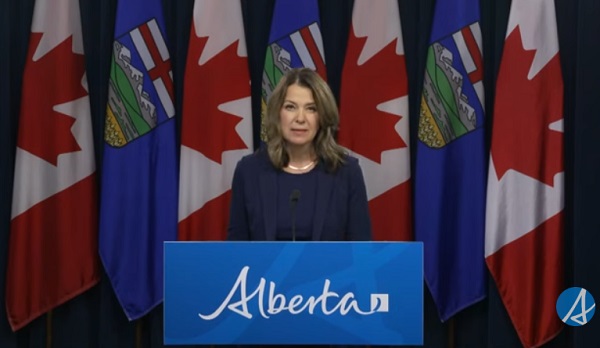
 Alberta2 days ago
Alberta2 days agoPremier Smith moves to protect Alberta in International Agreements
-

 Business2 days ago
Business2 days agoA Middle Finger to Carney’s Elbows Up
-
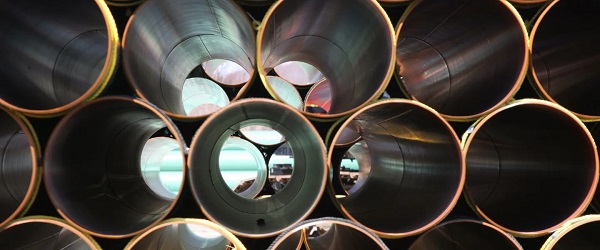
 Energy1 day ago
Energy1 day agoB.C. premier’s pipeline protestations based in fallacy not fact
-
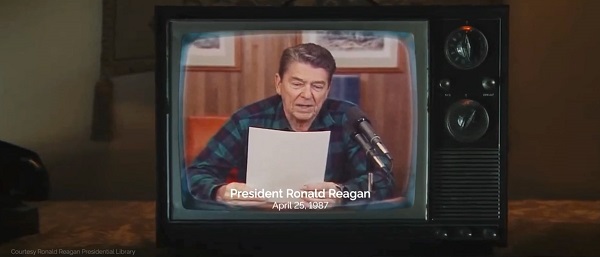
 Business1 day ago
Business1 day ago‘TERMINATED’: Trump Ends Trade Talks With Canada Over Premier Ford’s Ronald Reagan Ad Against Tariffs
-

 Uncategorized15 hours ago
Uncategorized15 hours agoTrump Admin Establishing Council To Make Buildings Beautiful Again
-

 DEI2 days ago
DEI2 days agoConservative push to end Canada’s ‘anti-merit’ DEI programs receives support
-
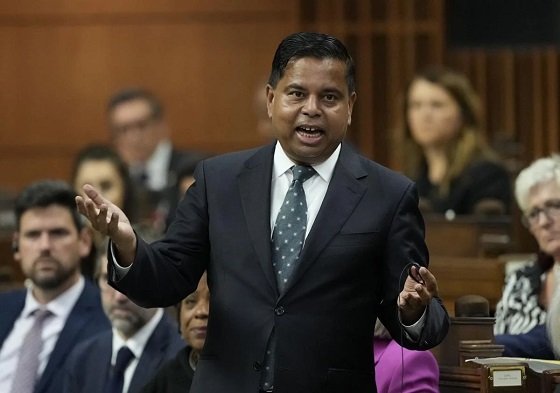
 Business2 days ago
Business2 days agoLiberals backtrack on bill banning large cash gifts, allowing police to search Canadians’ mail
-
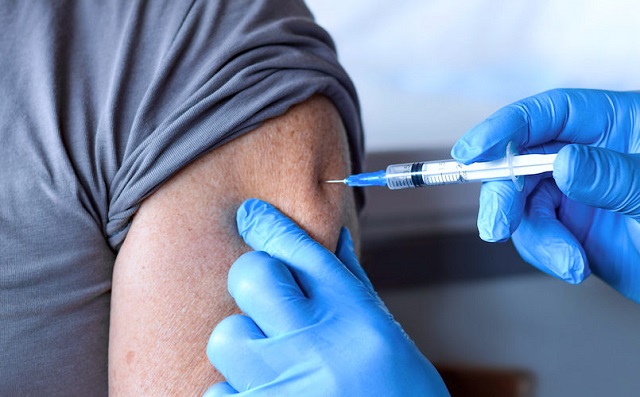
 Health2 days ago
Health2 days agoFor Anyone Planning on Getting or Mandating Others to Get an Influenza Vaccine (Flu Shot)













